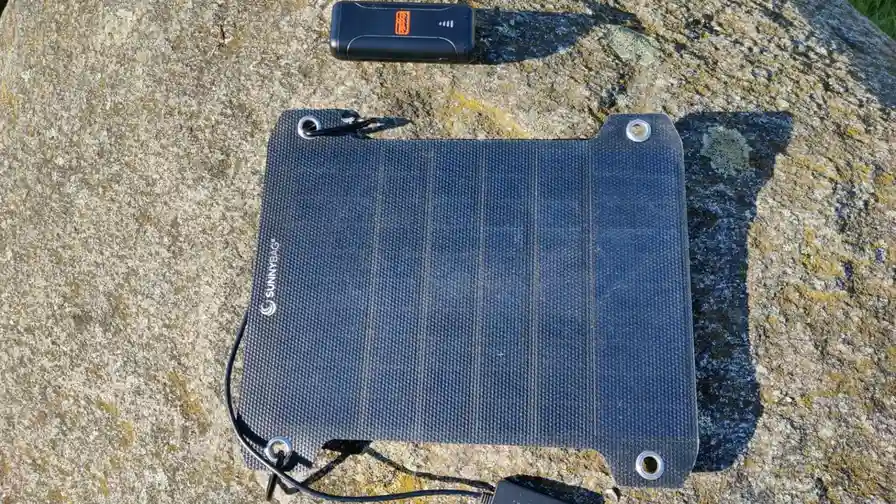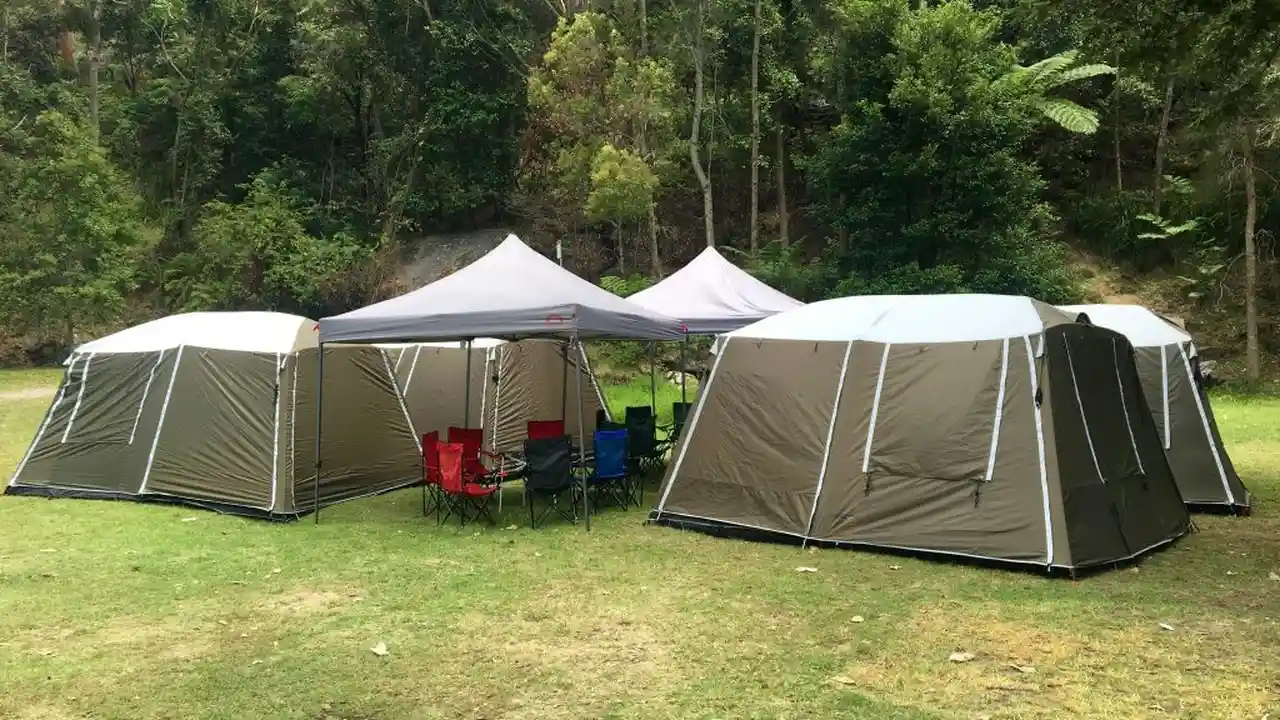Solar Chargers Power Banks Reviewed
A review of solar chargers and power banks for sustainable travel. Keep your devices charged while reducing your reliance on electricity. Choose a solar charger or power bank for your next adventure.

Why Solar Chargers and Power Banks are Essential for Eco-Friendly Travel
Hey there, eco-wanderers! Let's talk about staying powered up on your adventures without draining the planet. We all love our gadgets, right? Phones, cameras, tablets… they’re essential for navigating, documenting our journeys, and staying connected. But constantly plugging into the grid, especially when we’re traveling in areas with unreliable power sources, isn't exactly the most sustainable practice. That's where solar chargers and power banks come in! They’re like your portable, eco-conscious energy buddies, letting you juice up your devices using the sun or stored energy, minimizing your reliance on traditional electricity and reducing your carbon footprint. Think of it as packing a little piece of sunshine in your backpack!
Understanding Solar Chargers for Sustainable Power on the Go
Solar chargers are devices that convert sunlight into electricity, which can then be used to directly charge your devices or stored in a battery for later use. They're perfect for hiking, camping, backpacking, or any situation where you're away from a power outlet for an extended period. The key thing to consider is efficiency – how well does the charger convert sunlight into usable energy? You'll also want to think about portability, durability, and weather resistance. Nobody wants a solar charger that shatters at the first bump or fizzles out in a light drizzle!
Top Solar Charger Recommendations for Eco-Conscious Travelers
Alright, let's dive into some specific recommendations! These are some of my favorite solar chargers based on performance, durability, and overall eco-friendliness:
BigBlue 28W USB Solar Charger
Description: This foldable solar charger is a powerhouse, delivering up to 28W of power through its USB ports. It's perfect for charging multiple devices simultaneously.
Pros: High efficiency, durable construction, multiple USB ports, foldable for easy portability.
Cons: Can be a bit bulky compared to smaller options.
Use Case: Ideal for camping trips, long hikes, or any situation where you need to charge multiple devices.
Price: Around $70-$90
Goal Zero Nomad 5 Solar Panel
Description: This compact and lightweight solar panel is perfect for solo travelers or anyone looking to minimize their pack weight.
Pros: Extremely portable, durable, and weather-resistant. Goal Zero is a reputable brand known for quality.
Cons: Lower power output compared to larger panels. Best for charging smaller devices like phones or cameras.
Use Case: Perfect for backpacking, hiking, or day trips where you need a lightweight charging solution.
Price: Around $50-$60
RAVPower 24W Solar Charger
Description: A solid mid-range option that balances power and portability. It features two USB ports and a durable, splash-proof design.
Pros: Good balance of power and portability, affordable price, two USB ports.
Cons: Not as rugged as some other options.
Use Case: Suitable for general travel, camping, or everyday use.
Price: Around $60-$80
Understanding Power Banks for Reliable Off-Grid Power
Power banks, also known as portable chargers, are essentially batteries that store electrical energy. You charge them up at home or using a solar charger, and then use them to charge your devices when you're on the go. They're incredibly convenient for situations where you don't have access to a power outlet, like on a long bus ride or while exploring a new city.
Choosing the Right Power Bank: Capacity, Ports, and Sustainability
When choosing a power bank, capacity is king! Measured in mAh (milliampere-hours), capacity determines how many times you can charge your devices. A higher mAh rating means more charges. You also need to consider the number and type of ports (USB-A, USB-C), charging speed, and whether it supports fast charging. And of course, for eco-conscious travelers, looking for power banks made from recycled materials or with a focus on energy efficiency is a huge plus!
Recommended Power Banks for Sustainable and Ethical Travel
Here are a few power bank recommendations that tick the boxes for both performance and sustainability:
Anker PowerCore III Elite 25600 Portable Charger
Description: This high-capacity power bank offers a whopping 25600mAh, enough to charge your phone multiple times. It also supports fast charging and has multiple ports.
Pros: Huge capacity, fast charging, multiple ports, reliable brand.
Cons: Can be heavy and bulky.
Use Case: Ideal for long trips, group travel, or situations where you need to charge multiple devices frequently.
Price: Around $70-$90
Nimble Champ Pro Portable Charger
Description: Nimble focuses on sustainability, using recycled plastics in their power bank casings. This model offers a good balance of capacity and portability.
Pros: Made from recycled materials, compact and lightweight, good charging speed. Nimble is a B-Corp certified company.
Cons: Capacity is lower than some other options.
Use Case: Perfect for everyday use, short trips, or anyone prioritizing sustainability.
Price: Around $50-$60
Mophie Powerstation PD Portable Charger
Description: A sleek and stylish power bank with a focus on fast charging. It supports USB-C Power Delivery for quickly charging compatible devices.
Pros: Fast charging, compact design, reliable brand.
Cons: Capacity is moderate.
Use Case: Suitable for charging newer phones and tablets quickly.
Price: Around $60-$80
Solar Charger vs Power Bank: Choosing the Right Option for Your Needs
So, which one should you choose – a solar charger or a power bank? The answer depends on your travel style and needs. Here's a quick comparison:
- Solar Chargers: Best for long trips in sunny locations where you have ample opportunity to charge them. They're a great option for reducing your reliance on electricity, but their charging speed can be affected by weather conditions.
- Power Banks: Best for shorter trips or situations where you need a reliable source of power regardless of weather. They need to be charged beforehand, but they offer a consistent charging speed.
A great strategy is to use both! Charge your power bank with a solar charger while you're hiking, then use the power bank to charge your phone at night. This gives you the best of both worlds – sustainable charging and reliable power.
Comparing Solar Chargers and Power Banks: A Feature by Feature Analysis
Let's get down to the nitty-gritty. Here's a table comparing solar chargers and power banks across key features:
| Feature | Solar Charger | Power Bank |
|---|---|---|
| Power Source | Sunlight | Electrical Outlet/Solar Charger |
| Sustainability | High (renewable energy) | Moderate (depends on manufacturing and charging source) |
| Portability | Varies (foldable options available) | Generally compact |
| Charging Speed | Variable (dependent on sunlight) | Consistent |
| Capacity | Unlimited (dependent on sunlight) | Limited by battery size |
| Cost | Moderate to High | Moderate |
Tips for Maximizing the Lifespan and Efficiency of Your Solar Charger and Power Bank
To get the most out of your solar charger and power bank, here are a few tips:
- Protect from extreme temperatures: Don't leave them in direct sunlight for extended periods or in freezing temperatures.
- Store properly: Store them in a cool, dry place when not in use.
- Avoid overcharging: Don't leave your devices plugged in after they're fully charged.
- Clean regularly: Keep the solar panels clean to maximize their efficiency.
The Future of Sustainable Travel: Embracing Solar and Battery Technology
As technology advances, we can expect to see even more innovative and sustainable charging solutions emerge. Think flexible solar panels integrated into clothing, more efficient battery technology, and even wireless charging solutions powered by renewable energy. By embracing these technologies, we can reduce our reliance on fossil fuels and travel more responsibly, leaving a lighter footprint on the planet. So, gear up, get out there, and explore the world sustainably!
:max_bytes(150000):strip_icc()/277019-baked-pork-chops-with-cream-of-mushroom-soup-DDMFS-beauty-4x3-BG-7505-5762b731cf30447d9cbbbbbf387beafa.jpg)






